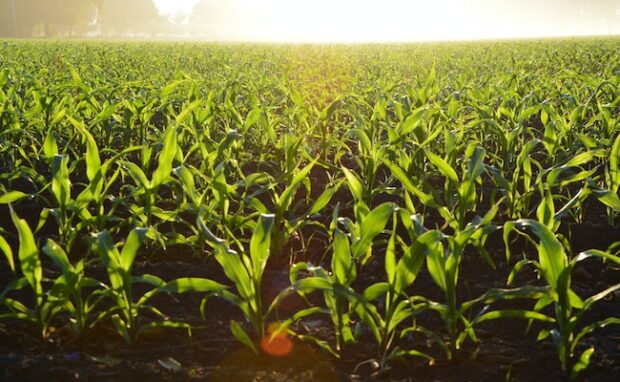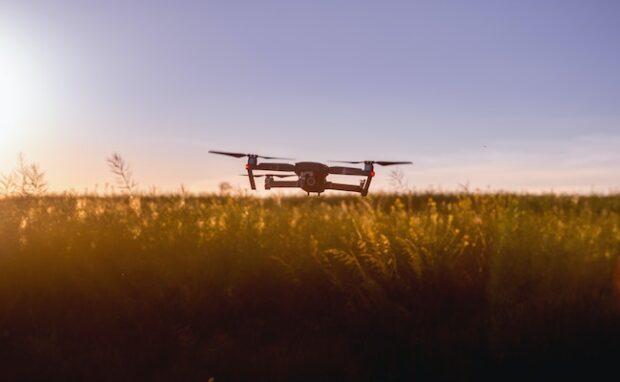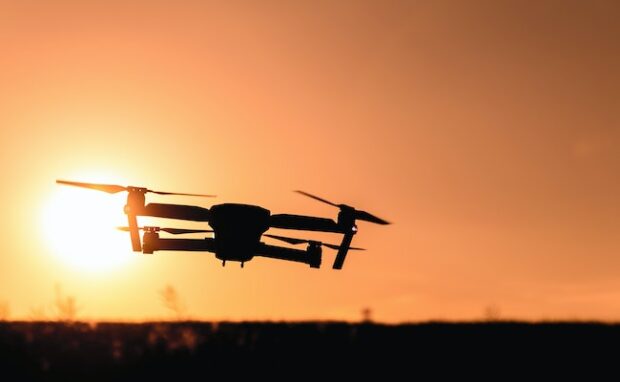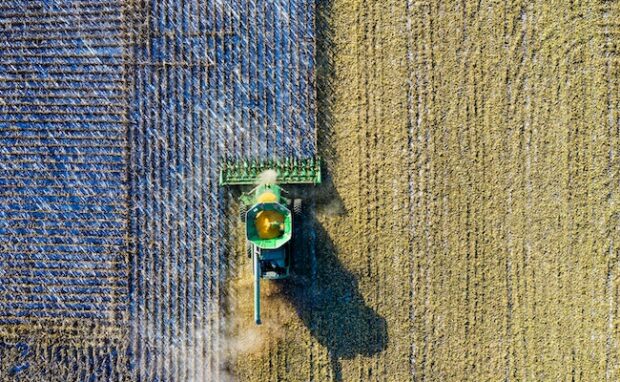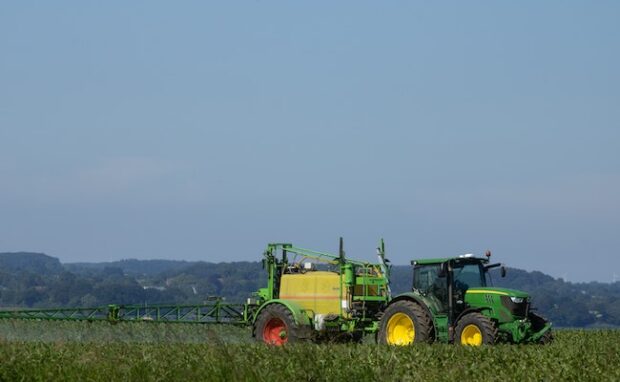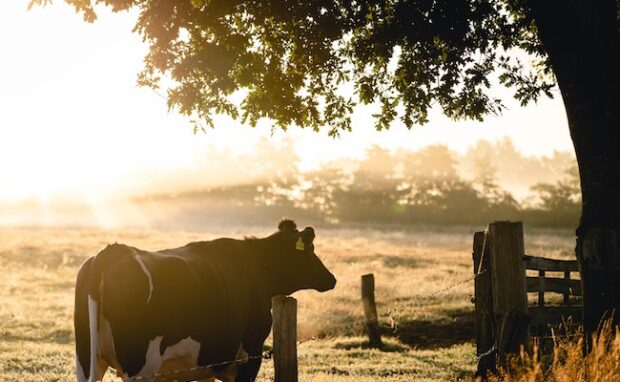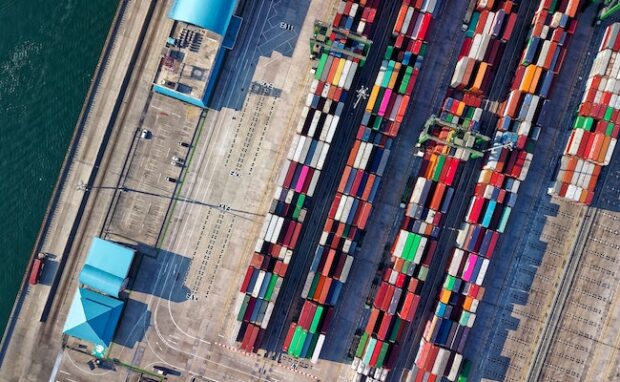AI agriculture changes how the world grows food
When “farming” comes to mind, you often think of rugged men diligently plowing fields, planting seeds, and harvesting crops. Contrary to popular belief, modern farming is not as labor-intensive as before. Believe it or not, many countries have been using AI robots to automate farming!
Artificial intelligence enables farmers to delegate most of the physical labor of cultivating crops to robots. Moreover, these machines are starting to raise livestock too. Soon, these technologies will change how countries sustain their food supplies. As a result, they will change how you receive food daily.
Understand how AI will affect your food supply by reading further. This article will discuss how AI agriculture changes every aspect of making produce and livestock. Also, it will include real-life examples from various countries.
How AI agriculture improves farming
- Crop predictions
- Robot field monitoring
- Automated planting
- Automated harvesting
- Eliminating weeds safely
- Livestock management
- Supply chain improvement
1. Crop predictions
Farming requires more planning than most people realize. You can’t plant whatever you want, whenever you want. Instead, you must check numerous conditions to see what fruits and vegetables you can grow.
For example, you must check soil quality and weather conditions to confirm your plants can grow on your land. Nowadays, various companies use artificial intelligence to simplify this process.
For example, the Farmers Business Network in San Carlos, California, uses AI systems to analyze massive amounts of data. As a result, they help local farmers accurately predict what to plant, when to plant, and other conditions.
You may also like: Mario Kart game inspires sustainable policies
These Ai predictions give farmers a higher chance of gaining yields and profiting from their crops. It’s like using a crystal ball that uses grounded science instead of fantastical hocus pocus.
2. Robot field monitoring
Farming is not like having houseplants. You can’t leave your crops with daily sunlight and water only. Farmers regularly check their crops for problems such as weeds and insects.
You could roam around your relatively small farm to monitor crops. However, that becomes more difficult if you have numerous acres. In response, some companies help farmers with AI drones.
For example, DroneDeploy and PrecisionHawk develop drone systems for AI agriculture. Farmers can regularly send these flying machines to gather data like soil moisture, crop health, and pest infestations.
The drones help farmers resolve issues before they damage more crops. As a result, they could receive higher crop yields and follow more sustainable farming practices.
3. Automated planting
You’re probably familiar with tractors facilitating seed planting. Nowadays, farmers use drones to cover wider areas without exerting physical effort.
They use unmanned aerial vehicles to scatter seeds over their fields. However, UAVs may only carry a few pounds of seeds in a single run. Tech education website Built In says they can carry heavier loads.
However, farmers must petition for a special exemption through the Federal Aviation Act. UAV Systems International automates this process for them.
This company sells drones that spread fertilizers and seeds. Moreover, UAV Systems International offers crop sprayers and surveillance drones
4. Automated harvesting
Robots automate crops for farmers nowadays. According to Inquirer Business, Israelis use this method on their avocado trees. Ofri Yongrman Sela, who oversees fruit and wheat production at the Eyal kibbutz, said “technology has entered every corner” of farming.
That is why Israel has a growing demand for AI agriculture skills and technologies. Shmuel Friedman, chairman of Green Wadi company, says he provides digital farming solutions.
He explains that developed countries struggle to find people willing to work in the field. “You need alternatives, whether in the form of robots or machines that can replace working hands,” he added.
5. Eliminating weeds safely
Farmlands eventually gain various unwanted plants called weeds that can rob nutrients from crops. Trimming them does not work, and pulling them out is easier said than done.
Farmers can use pesticides, but they often harm crops. Worse, they leave residues that make their way into our groceries and our meals.
Believe it or not, some folks use lasers to solve this problem. For example, Fox Business reported on Carbon Robotics’ LaserWeeder. It can eliminate over 200,000 weeds per hour and offer 80% cost savings on weed control.
CEO and founder Paul Mikesell explains its automated drone roam fields identifying weeds and crops with AI. Then, it shoots lasers “with millimeter accuracy skipping the plant and killing the weed.”
He says the LaserWeeder “does the equivalent work of about 70 people. As a result, Mikesell says his machine is “good for labor costs” and “good for farmers struggling with labor availability.”
6. Livestock management
AI agriculture isn’t only about plants. After all, farms also care for cows, pigs, and other animals. Fortunately, artificial intelligence also facilitates livestock monitoring.
Modern farms use AI-powered devices to monitor animal well-being. For example, AI agriculture firm Cainthus uses technology to analyze livestock behavior.
They detect patterns that may indicate stress and illness. Another AI farming company named Connecterra tracks dairy cow movement and health.
These artificial intelligence solutions enable farmers to better care for their animals. As a result, they ensure animals produce high-quality livestock and other products.
7. Supply chain improvement
Farmers must distribute produce and livestock to neighborhood stores so we can buy them for our meals. However, that can be a complicated process.
People usually fruits and vegetables when they’re ripe so you can’t deliver them too early. On the other hand, delivering too late may cause produce to spoil when they reach stores.
You may also like: App helps people become “next-gen farmers”
Medium says artificial intelligence improves every part of the supply chain. For example, AI can predict when fruits and vegetables are at peak ripeness, minimizing spoilage.
Food processing plants can use AI-powered systems to ensure only the best products reach grocery stores. Also, artificial intelligence helps stores manage inventory and reduce waste.
Conclusion
AI agriculture improves an unlikely aspect of daily life. Artificial intelligence improves food production by maximizing yields and reducing waste.
AI-powered gadgets help farmers eliminate pests and weeds without using pesticides. As a result, this technology promotes public health and sustainability.
More countries are adopting this technology; you may see these in yours soon. Learn more about the latest tips and trends in artificial intelligence and more at Inquirer Tech.
Frequently asked questions about AI agriculture
When did people use AI in farming?
According to an IOPScience paper, the first instance of AI agriculture occurred in 1985. Lemmon and McKinion created the GOSSYM, a cotton crop simulation model that optimizes cotton production. It considers various factors like fertilization, irrigation, control-cultivation, etc.
Why use AI for farming?
Global technology partner Intellias says artificial intelligence allows farmers to make better decisions. They help analyze massive amounts of data to facilitate strategizing crop and livestock production. Also, it could provide long-term cost savings and address labor shortages.
What are the issues with AI agriculture?
AI farming technologies require proper infrastructure, such as electricity supply and internet connectivity. Also, farmers must contend with potential data privacy and security issues. For example, hackers may remotely sabotage their artificial intelligence systems.
